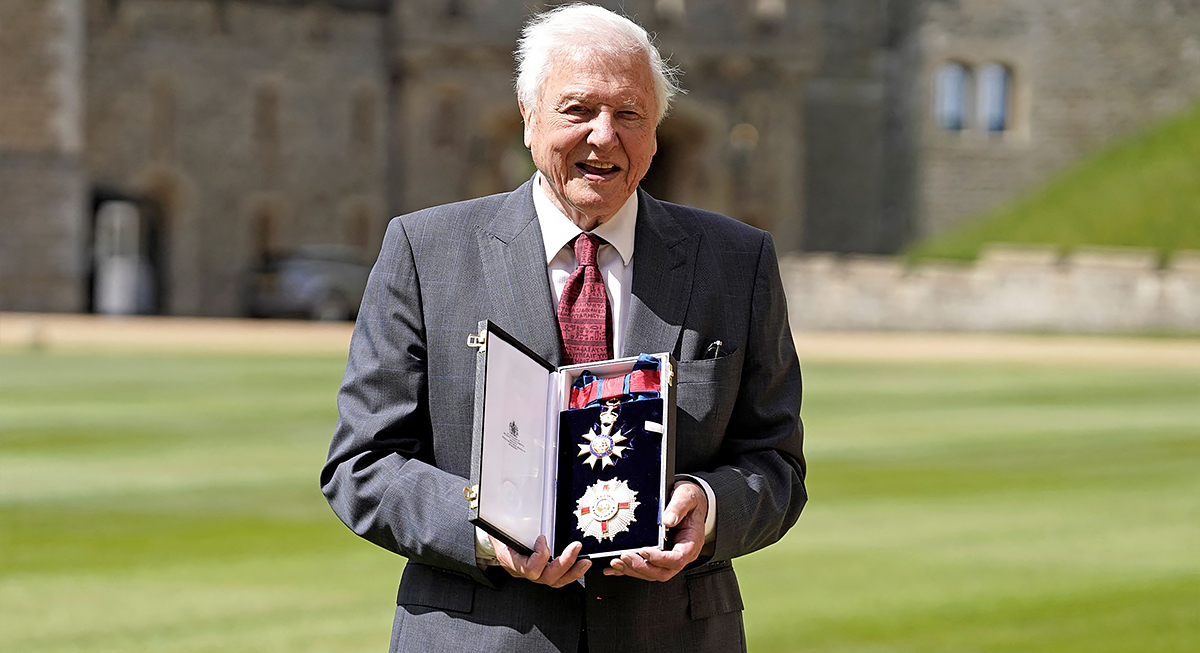There’s no secret serum or high-tech hack behind why folks in certain corners of the world regularly blow past the 100 mark. Instead, they’ve got a bunch of low-key habits that stack up to something pretty impressive. In regions known as Blue Zones—places like Okinawa, Ikaria, and Sardinia, where people statistically live the longest—daily life centers around movement, plant-based meals, and strong social ties. These communities move often, eat simply, and remain closely connected to others, without obsessing over health.
Here’s a look at what they’re up to.
They Move Naturally, All Day Long
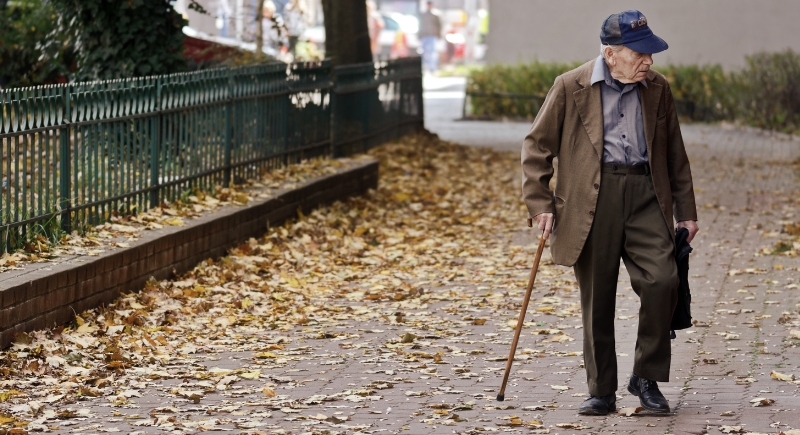
Credit: pexels
There are no gyms, wearable tech, or fitness plans in their routines. People with a higher lifespan follow real-life motion: walking to a friend’s house, tending tomatoes, or sweeping the porch. In places like Sardinia or Ikaria, movement is baked into the day. These movements are frequent and low-impact.
Their Diets Rely Heavily on Plants and Legumes

Credit: StockLite
Across Blue Zones, meals are filled with beans, leafy greens, whole grains, and root vegetables. These foods offer fiber, slow-digesting carbs, and nutrients without excess calories. Meat is rare, often eaten just a few times per month, and processed food is almost nonexistent.
They Stop Eating Before They’re Full

Credit: Getty Images
In Okinawa, people follow “hara hachi bu”—stopping meals when they feel about 80% full. This limits overeating and supports metabolic health. Meals tend to be slow and undistracted, which makes it easier to tune into hunger cues and avoid post-meal fatigue or bloating.
They Repeat Simple Meals Over Decades

Credit: Canva
Meals in long-living regions aren’t built for variety. A bowl of lentils, some boiled greens, or a barley soup might appear daily. This predictable, home-cooked food is usually nutrient-rich and made from local ingredients.
They Nap in the Afternoon
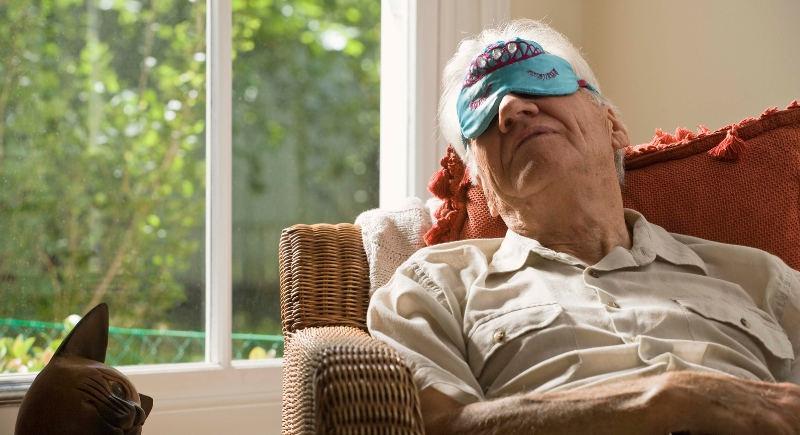
Credit: Photo Images
After lunch, it’s totally normal to take a quick snooze. Twenty minutes under a shady tree or on the couch doesn’t sound like a bad idea. It’s their way of recharging without requiring any espresso shots. And it seems to work wonders for heart and brain health.
They Live Near or With Family Members

Credit: Canva
Multigenerational living is the norm. Grandma, grandkids, and sometimes cousins are all under one roof—or at least down the street. There’s always someone to chat with, care for, or share a meal with. Instead of being sidelined in old age, elders remain actively engaged in family life.
They Maintain a Religious or Spiritual Practice
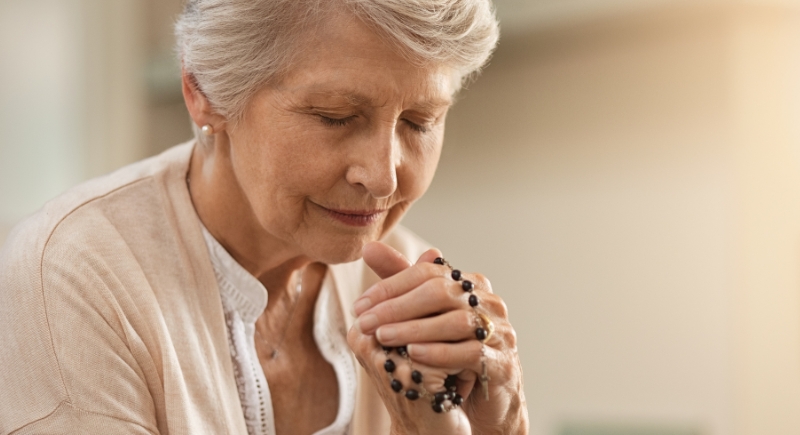
Credit: Canva
Belonging to a spiritual community is a consistent trait in Blue Zones. Weekly services, communal rituals, and shared values help create structure and reduce feelings of isolation. Studies link regular participation to improved mental health and longer life expectancy.
They Hold On to Tight, Long-Term Friendships

Credit: Getty Images
Strong social networks show up repeatedly in longevity research. In Okinawa, small groups of lifelong friends known as “moai” provide emotional support, companionship, and stability. Being around positive, health-minded peers reinforces good habits and helps buffer life’s stresses.
They Prioritize Real-World Connection Over Screen Time

Credit: Africa images
Phones and screens aren’t the center of the universe. People catch up in person at the market, during meals, or on porches. This daily human contact keeps the mind sharp and the spirit lifted in a way no scroll ever could.
They Continue Contributing Physically Into Old Age
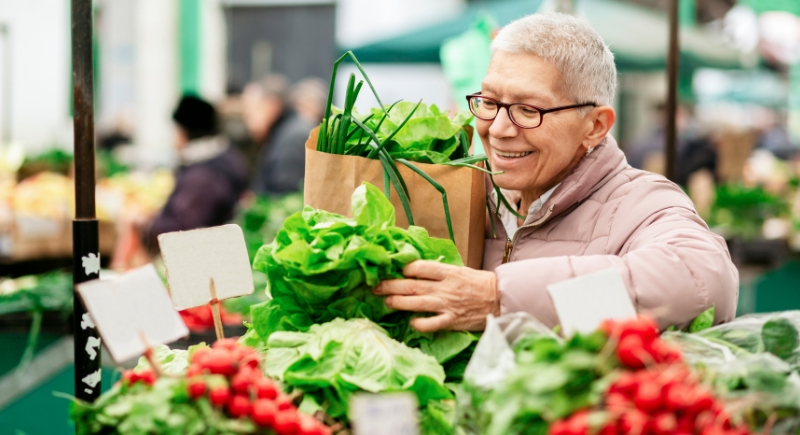
Credit: Getty Images
Age doesn’t bench them. Centenarians are still cooking, walking to the store, or watching the grandkids. They’ve traded the career grind for roles that matter to their families and communities.
They Regularly Get Up From the Ground
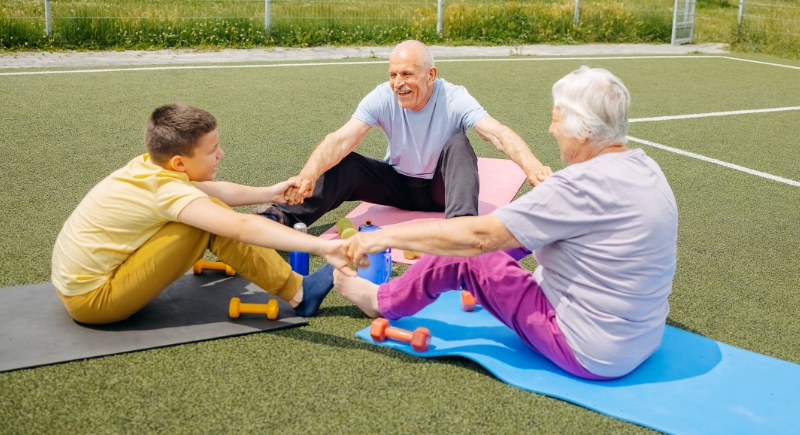
Credit: Getty Images
Instead of melting into a recliner, many elders sit on mats or low stools. This means they’re constantly standing up and using their muscles to do it. It’s like a sneaky strength workout for your legs and core, just from living the way they always have. This helps reduce the risk of falls and mobility issues in later years.
They Grow Some of Their Own Food

Credit: Getty Images
Whether herbs in a window box or full vegetable plots, gardening remains a common habit in long-lived communities. It adds movement, lowers stress, and improves access to fresh, nutrient-dense foods. People who grow food also tend to waste less and cook more often.
They Carry a Sense of Daily Purpose

Credit: Gpoint Studio
It’s common to have a reason to get up in the morning among those who live long lives. People in longevity hotspots wake up with something to do—and someone to do it for. That sense of meaning keeps them anchored, even through hard times.
They Maintain Emotional Lightness and Humor

Credit: Canva
Centenarians often display wit, levity, and the ability to find joy in daily life. They crack jokes, poke fun at life’s weirdness, and know how to shrug off the small stuff. A little humor seems to go a long way toward staying young at heart.
They Don’t Try to Avoid Aging—They Work With It

Credit: Canva
In these communities, getting older isn’t something to dread. Elders are respected, included, and expected to keep contributing. Accepting aging as a normal process, rather than a decline to resist, appears to ease stress and support health.


